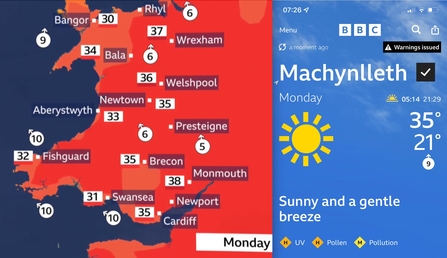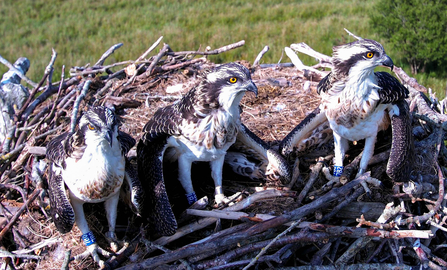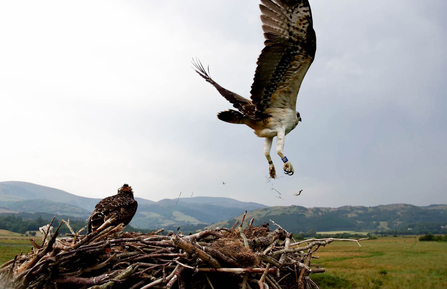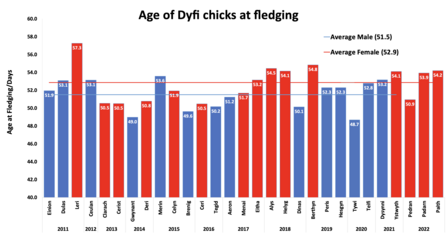Both Padarn and Paith looked keen to fly earlier in the week, but the rising temperatures and falling wind speeds prevented them from fledging.
After seemingly waiting an age, Paith finally took the plunge on 21st July, the last of the three sisters to go.




